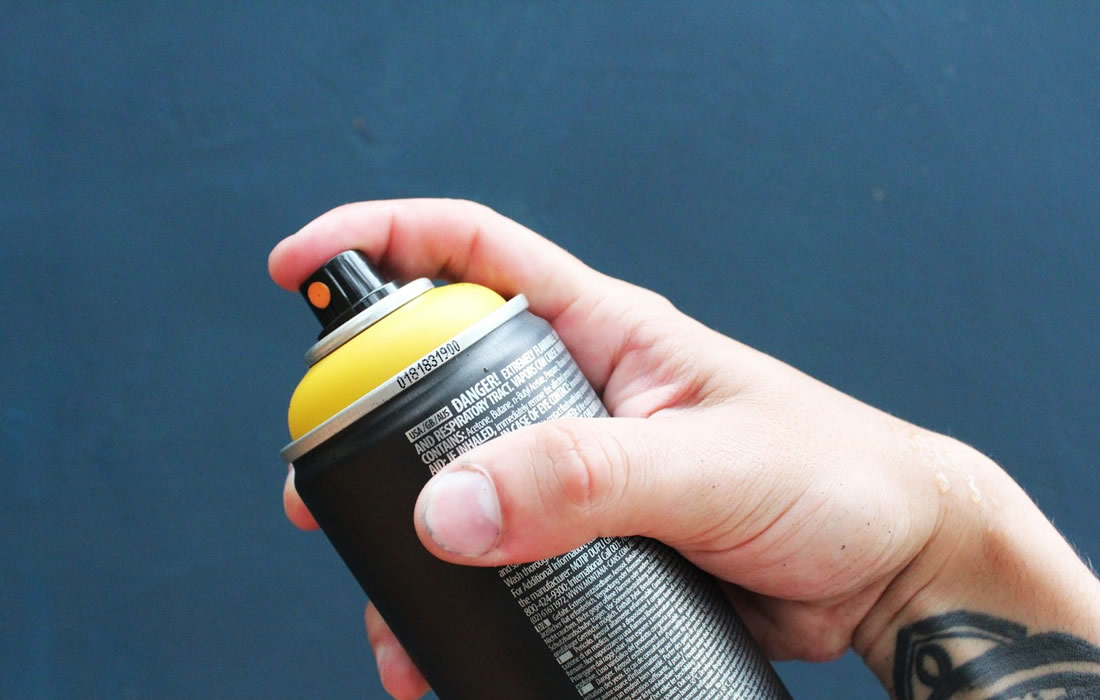Regenerative Medicine News and General Information
Surfactant Structures May Offer an Effective Shield for Harmful Chemicals Common in Aerosols
Surfactants, or ‘surface-active agents’ are a class of chemical compounds that are used in everyday objects such as soaps and cleaning products, as emulsifiers, foaming and wetting agents. They are also released through natural processes such as sea spray and a key emission from cooking activities.
The scientists have built an extensive body of research over the last 5-6 years initially examining how one of these surfactants, oleic acid, a common cooking and marine emission, forms complex structures at the nanoscale, and how these affect the interaction of oleic acid with other chemicals in the air. Recent experiments explored increasingly complex mixtures of surfactants to establish the impact of a broad range of aerosol components encountered in the air.
Professor Christian Pfrang from the University of Birmingham who led the work said: “Aerosols are commonly created by everyday activities such as cooking and cleaning, and with modern life seeing people spending on average 90% of their time indoors there is an urgent need to understand how indoor aerosols are processed. Oleic acid is known to self-organize into a range of 3D nanostructures, some of which are highly viscous and can delay the aging and thus the breakdown of key chemical components in aerosols.”
By combining laboratory and computational studies the researchers established that harmful, reactive materials may be shielded inside aerosol particles and underneath highly viscous (honey-like) shells, potentially extending the atmospheric residence times and thus their reach from the emission source of the otherwise short-lived species.
The researchers conducted a wide range of experimental studies investigating self-organization in particles levitating in the air as well as in thin films on solid surfaces (“window grime” proxies) and floating on water (representing the surface of aqueous droplets which are most commonly found in the atmosphere).
They found that surfactants can organize themselves into different kinds of 3D structures when mixed with other aerosol components found in the atmosphere. This self-organization significantly reduces the reactivity of the chemicals, in turn increasing their lifetime. A crust of product material may form on the surface of the particles, protecting hazardous materials and extending the time they may persist in the atmosphere.
Sources:
Adam Milsom, Adam M. Squires, Andrew D. Ward, Christian Pfrang. Molecular Self-Organization in Surfactant Atmospheric Aerosol Proxies. Accounts of Chemical Research, 2023; DOI: 10.1021/acs.accounts.3c00194
University of Birmingham. “Surfactants can cause toxic chemicals in aerosols to last longer in the air.” ScienceDaily. ScienceDaily, 12 September 2023. <www.sciencedaily.com/releases/2023/09/230912110126.htm>.
Images from:
Photo by Keiron Crakstellanos
https://unsplash.com/photos/Z_wm10_Fayc

